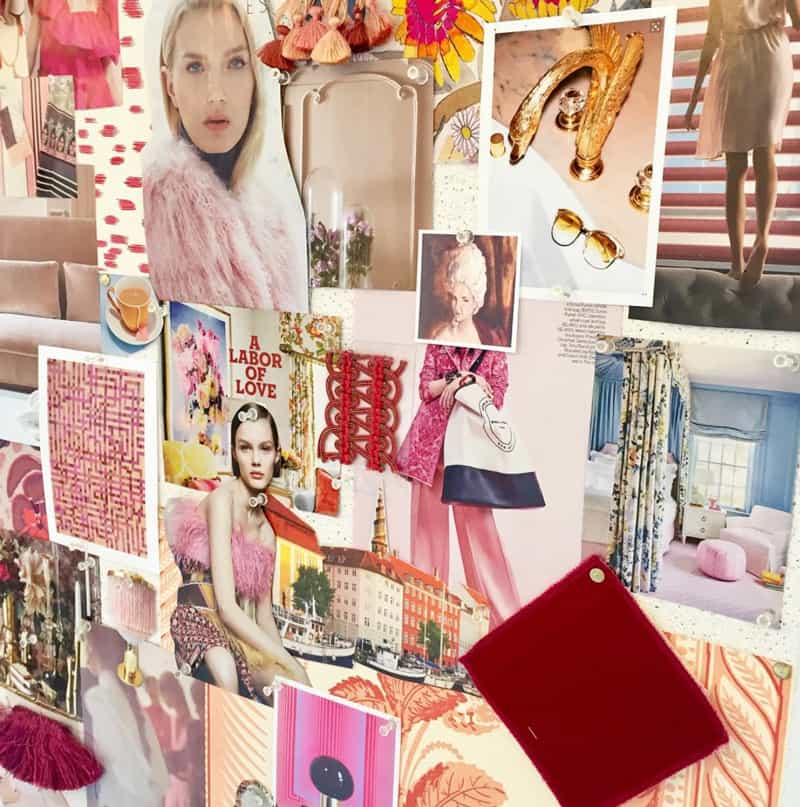

Selecting from this research will help you focus on what is important in the project. Research a theme that inspires you, gathering items such as postcards, magazine images, and photographs. Have you summarized your theme? Examine your chosen images together to identify the key shades and best color combinations to evoke your theme.Have you used the most important images?.Have you reflected your season and target customer?.Have you created an easy reference tool to use when sketching your rough ideas?.Pick out current images that support your design ideas and include them on your mood board. You should hoard a range of fashion magazines. Avoid including more than eight shades in each palette or your designs may become confused and lack cohesion. Paint-swatch cards can be used to help you select a harmonious group of colors for your palette. Remember to keep the presentation clean, simple, and neat. If you already have ideas about the fabrics that you will use for your final designs, include swatches on your mood board. Create a mood board that summarizes your chosen design theme.® Bring together creative inspiration and current fashion trends. Reflect your target customer and chosen season.Prioritize images from your collated research.Build a mood board that reflects the essence of your design project. Also include images from current fashion magazines that suit your chosen theme. illustration board as a base, arrange and glue together the strongest images, and combine them with a color palette or fabric swatches to make a collage. Gather together all your research material.

Select a theme and a season for your work, and consider who your target customer might be. Colors should reflect your chosen season- soft pastels will suggest a summer story, for example- but whatever the season, the color palette should be applied consistently throughout the project. In grouping your researched images you will have to make decisions about editing and prioritizing your selection, as well as confirming your season and color palette. They vary in their complexity but, as the name suggests, mood boards should always capture the mood or flavor of your design project, as well as reflecting your target customer. Mood boards are made by arranging images and color ideas on a large board so that you can see at a glance how your designs might evolve. This is the first stage of organizing your thoughts and collected images, enabling you to channel your creative excitement toward a cohesive and targeted design outcome. Creating a mood board is great fun and will help you be selective with the research you have gathered.


 0 kommentar(er)
0 kommentar(er)
